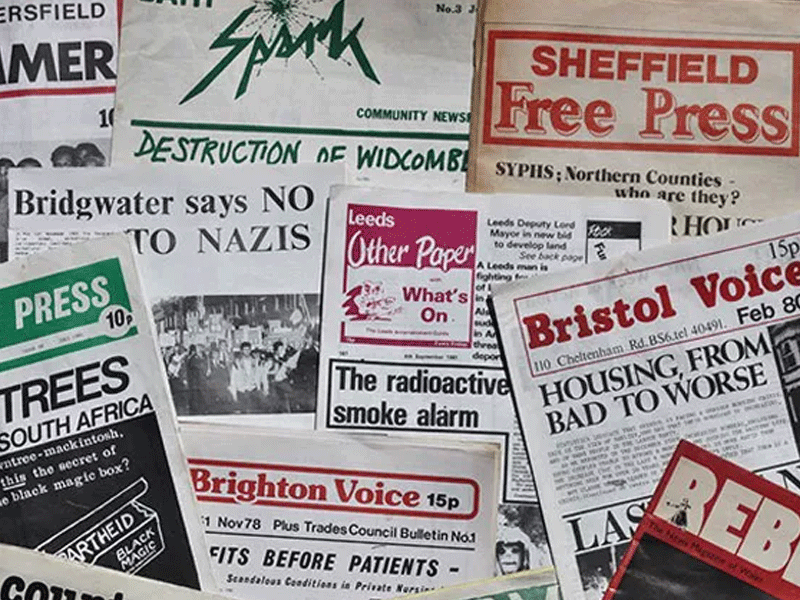The Chronicles of Newsprint: A Journey Through the History of Newspapers

- 238
- 0
In today's fast-paced world of digital media, it's easy to forget the historical significance of newspapers. Yet, these printed publications have been an integral part of our lives, shaping the dissemination of news, culture, and information for centuries. The history of newspapers is a tale of innovation, freedom, and the relentless pursuit of truth.
The Birth of the Gutenberg Press:
The roots of newspapers can be traced back to ancient civilizations where handwritten news sheets were circulated among the elites. However, it was Johannes Gutenberg's invention of the printing press in the 15th century that marked a turning point in media history. The mass production of books and pamphlets became possible, laying the foundation for the printed press. In 1609, the first English-language newspaper, "The Weekly Newes," was published in London, becoming a precursor to modern newspapers.
The Emergence of Public Opinion:
The 17th century saw the rise of newspapers as a means of shaping public opinion. The English Civil War witnessed the publication of various political pamphlets and newsletters, providing citizens with diverse viewpoints. This era laid the groundwork for the concept of a free press, a crucial element of democratic societies.
The Golden Age of Journalism:
The 19th century ushered in the golden age of newspapers, marked by the explosive growth of the industry. Innovations in printing technology allowed newspapers to become more affordable and widely accessible. The penny press, led by publications like "The New York Sun" and "The Daily News," revolutionized the industry, making newspapers accessible to the working class.
Reporting the News:
Journalism ethics and standards began to take shape during this period, with newspapers striving for accuracy and objectivity. Investigative journalism gained prominence, exemplified by exposés like Nellie Bly's undercover reporting on mental institutions and the work of muckrakers like Upton Sinclair.
Newspapers in Times of War and Crisis:
Newspapers played a pivotal role during times of war and crisis. They provided essential updates during the American Civil War, World War I, and World War II. War correspondents risked their lives to bring frontline reports, highlighting the importance of a free press in times of conflict.
The Transition to Digital:
The late 20th century witnessed the advent of digital technology, challenging the traditional newspaper industry. The internet and digital platforms brought about a revolution in how news was disseminated. Many newspapers struggled to adapt, leading to the decline of print media.
The Modern Newspaper:
Today, newspapers have evolved into digital formats, available at the touch of a button. Online journalism allows for real-time updates, multimedia content, and global reach. While traditional print newspapers still exist, their role has shifted, with digital platforms dominating the news landscape.
Conclusion:
The history of newspapers is a testament to the enduring human desire for information and the preservation of democracy. From Gutenberg's press to the digital age, newspapers have been at the forefront of social change, disseminating news, fostering public opinion, and holding power to account. As we navigate the ever-changing media landscape, it's essential to remember and celebrate the rich history of this indispensable institution.
Published in The Daily National Courier, September, 13 2023
Like Business on Facebook, follow @DailyNCourier on Twitter to stay informed and join in the conversation.

















































